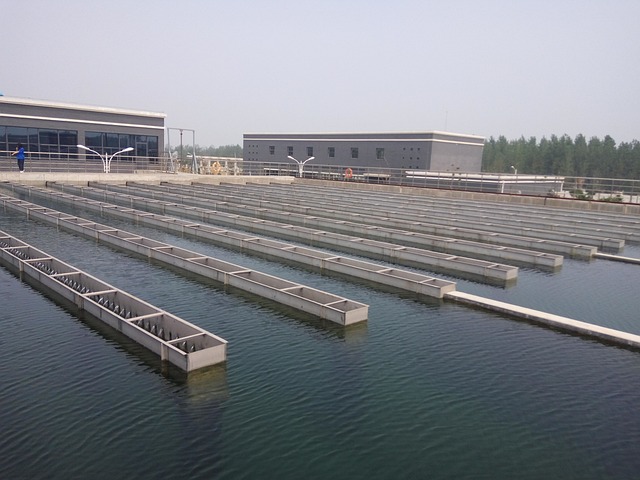Key Takeaways:
1. Contamination Origins: Contrary to expectations, local rivers, and streams, not pig farms, were identified as the surprising source of Salmonella enterica contamination along coastal North Carolina after Hurricane Florence in 2018, underscoring the critical role of effective wastewater treatment.
2. Global Impact of Antibiotic-Resistant Pathogens: Infections from antibiotic-resistant pathogens cause 2.8 million illnesses and 36,000 deaths annually in the U.S. only, highlighting the urgency for robust wastewater treatment strategies to prevent the spread of these pathogens through contaminated water sources.
3. Revolutionizing Mitigation Plans: The study emphasizes a paradigm shift in post-disaster mitigation, with a heightened focus on wastewater treatment. As climate change intensifies storms, investing in resilient wastewater treatment systems becomes imperative to curb the proliferation of pathogenic bacteria and safeguard public health.

Could Local Rivers, Not Pig Farms, be the Hidden Culprit Behind Antibiotic-Resistant Pathogens?
In a groundbreaking revelation, a recent study has shattered the prevailing belief that pig farms were the predominant contributors to Salmonella enterica contamination along the coastal areas of North Carolina post-Hurricane Florence in 2018. Surprisingly, it was local rivers and streams that took center stage, debunking conventional assumptions and unveiling the pivotal role of effective wastewater treatment in understanding and controlling the dissemination of antibiotic-resistant pathogens in the aftermath of natural calamities.
The Study's Key Findings:
Published in the esteemed journal Geohealth, the research, spearheaded by University of Illinois Urbana-Champaign's civil and environmental engineering professor Helen Nguyen and graduate student Yuqing Mao, utilized genetic tracing to trace the presence and origin of S. enterica in environmental samples from coastal North Carolina. This discovery carries significant implications for disease control, especially in developing countries grappling with the escalating impact of tropical storms.
Understanding the Scope of Antibiotic-Resistant Pathogens:
Nguyen emphasized the urgency of the matter, noting that infections caused by antibiotic-resistant pathogens account for approximately 2.8 million human illnesses and 36,000 deaths annually in the U.S. alone. These infections, with the potential to spread globally, pose a substantial burden on healthcare systems. Nguyen stressed the preventability of such infections through effective mitigation strategies.
Challenging Assumptions:
The prevailing belief was that antibiotic-resistant bacteria and genetic material spread through wastewater sources, septic systems, and livestock farms during flooding events. However, no conclusive studies had identified the precise contaminant source points until now. Coastal North Carolina, with its high concentration of swine farms and private septic systems, became an ideal case study due to frequent coastal flooding caused by tropical storms.
Post-Hurricane Florence Investigation:
Three weeks after Hurricane Florence, Nguyen's team collected 25 water samples downstream of swine farms in agricultural production areas in North Carolina. Astonishingly, 23 of these samples contained the S. enterica bacteria. The team employed high-fidelity whole-genome sequencing to analyze free-floating genetic markers, including chromosomes and plasmids, revealing that the bacteria's origin was not traced back to animals or manure. Instead, the pathogens had established themselves in the natural environment, particularly in the local rivers and streams.
Implications for Future Mitigation Plans:
Nguyen highlighted the pressing need for a paradigm shift in the design of mitigation plans after hurricanes. The study's revelations challenge the traditional focus on agricultural and human wastewater as the primary sources of pathogenic bacteria. With climate change intensifying the frequency and severity of tropical storms, the importance of these findings becomes paramount for both researchers and policymakers.
Looking Ahead:
Nguyen's team is extending their research beyond coastal regions, collaborating with other researchers to study the spread of pathogens from Canada goose feces in Illinois. The study received support from The Carl R. Woese Institute for Genomic Biology, The Grainger College of Engineering, the Allen Foundation, and the EPA, underscoring the significance and relevance of their groundbreaking work in understanding and combating the spread of antibiotic-resistant pathogens post-natural disasters.
